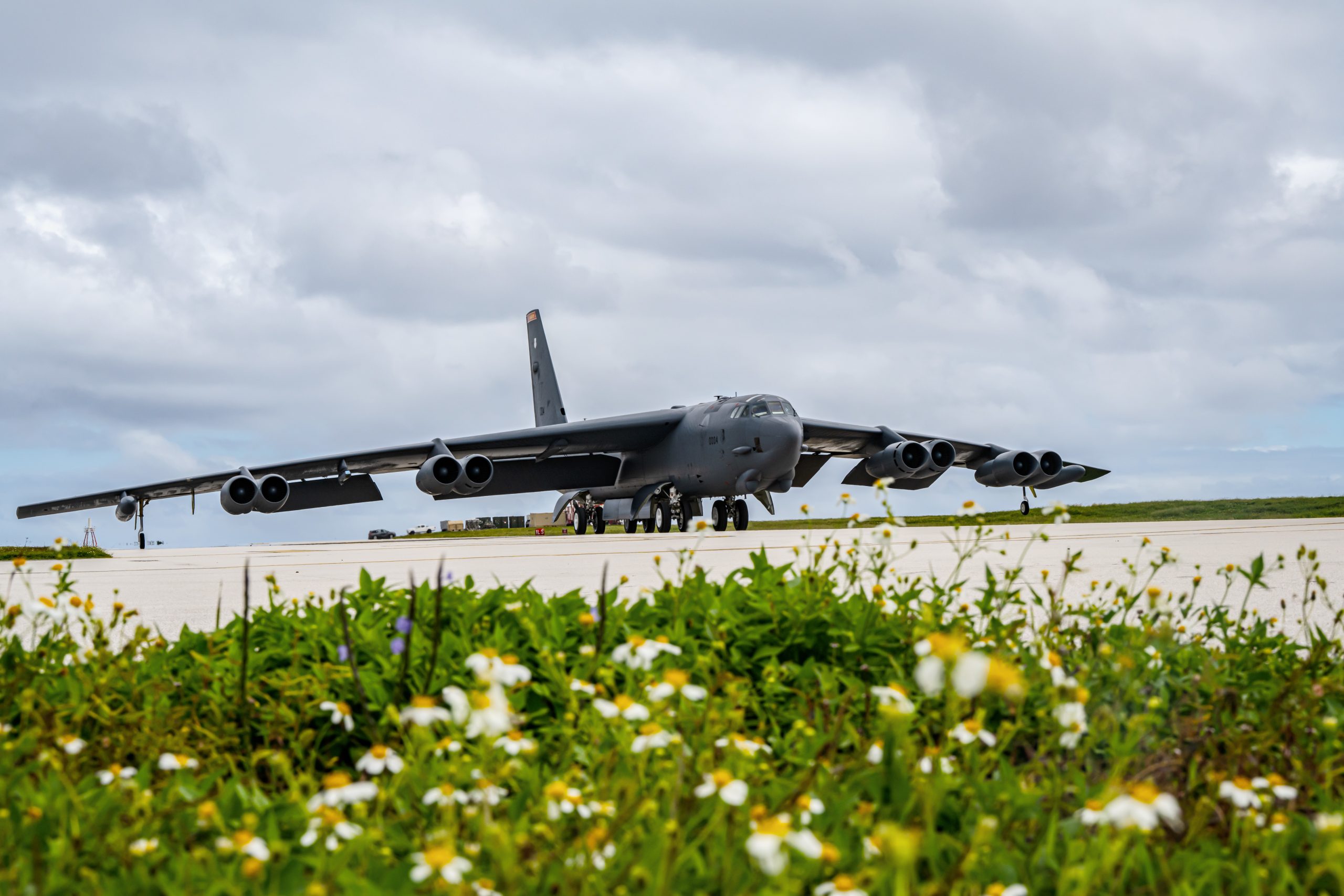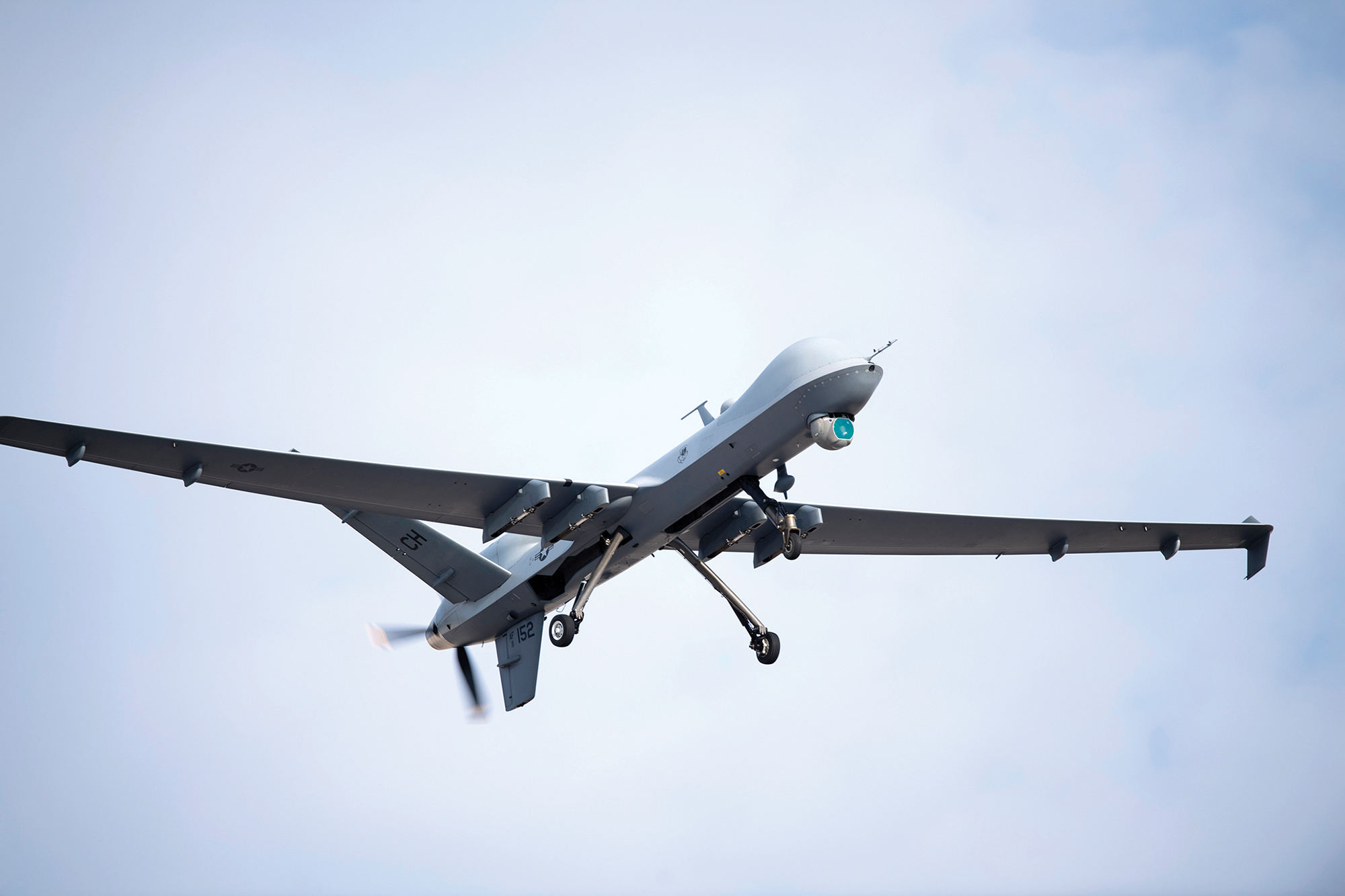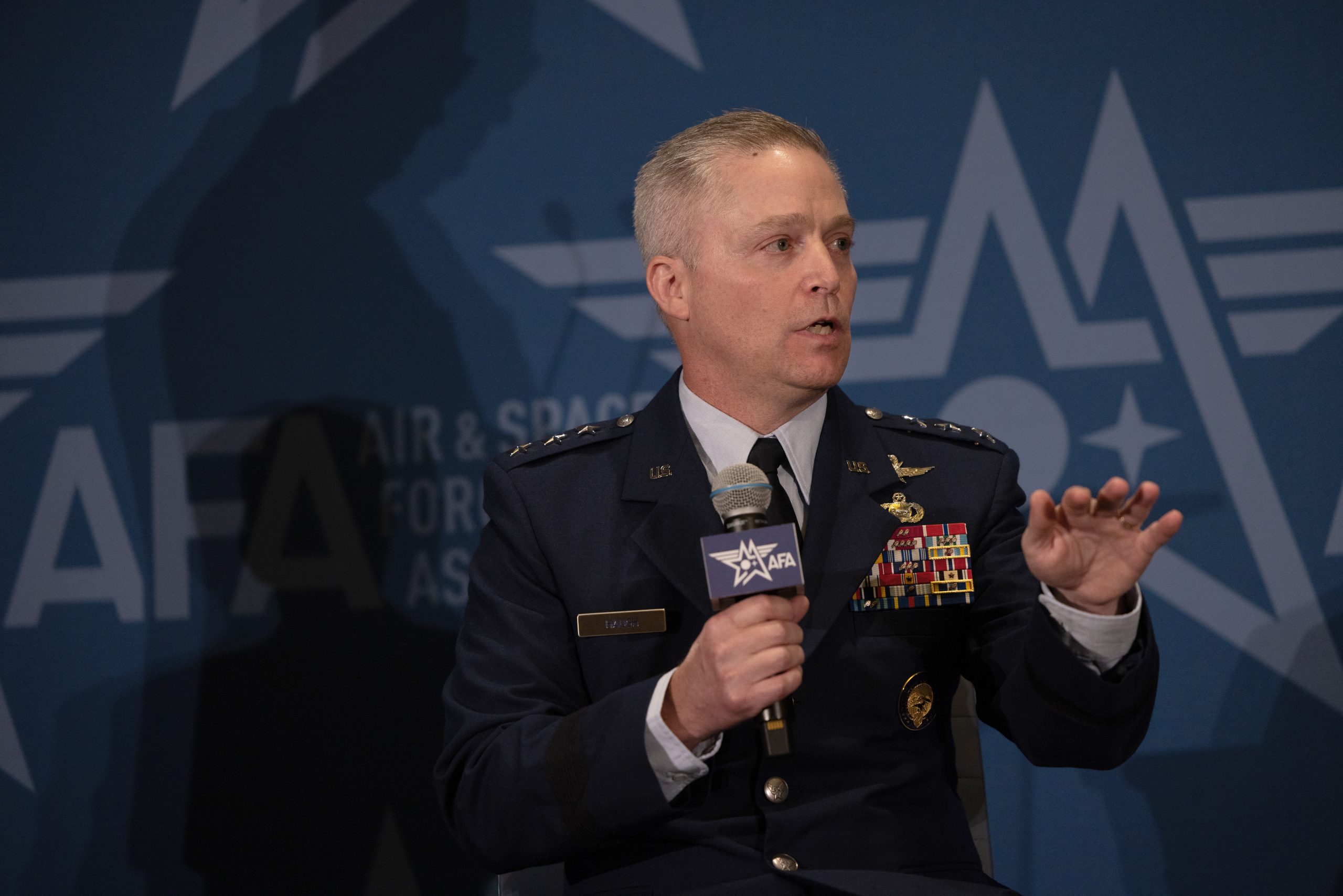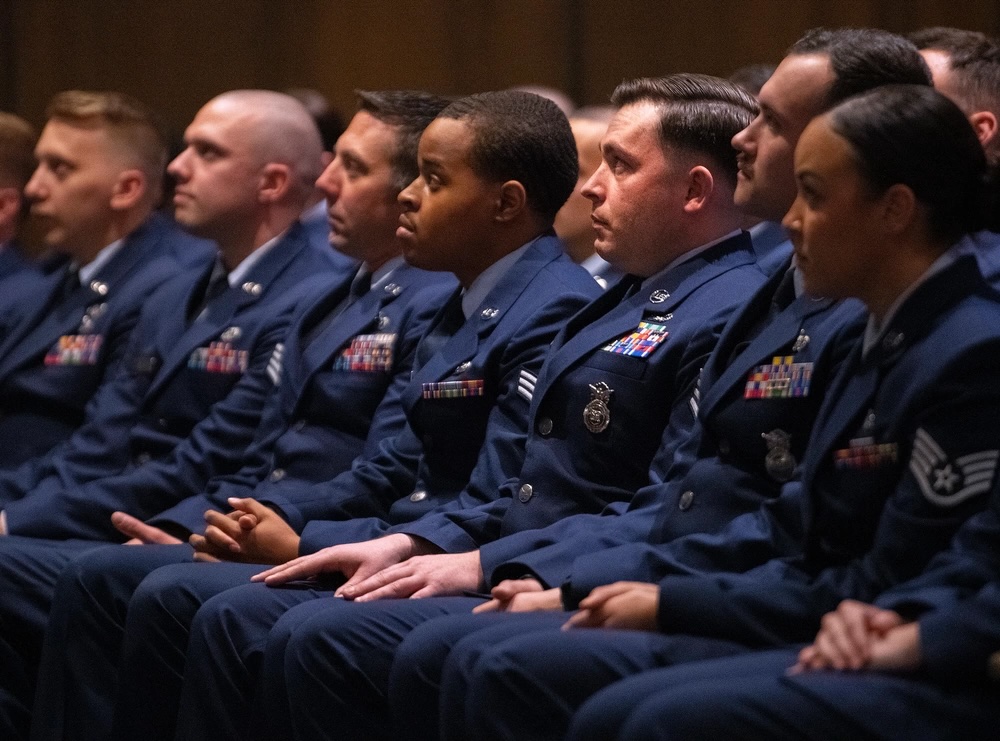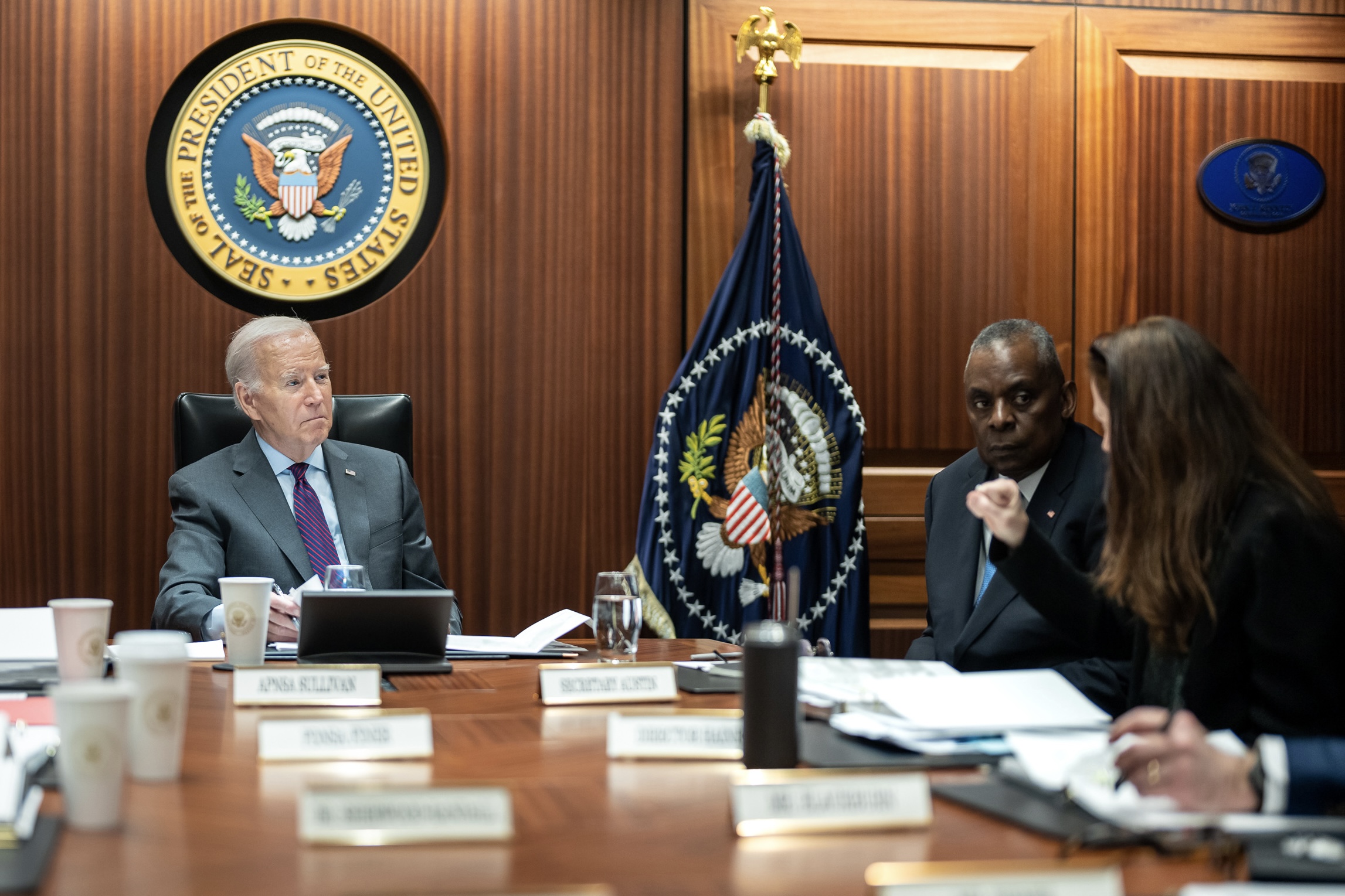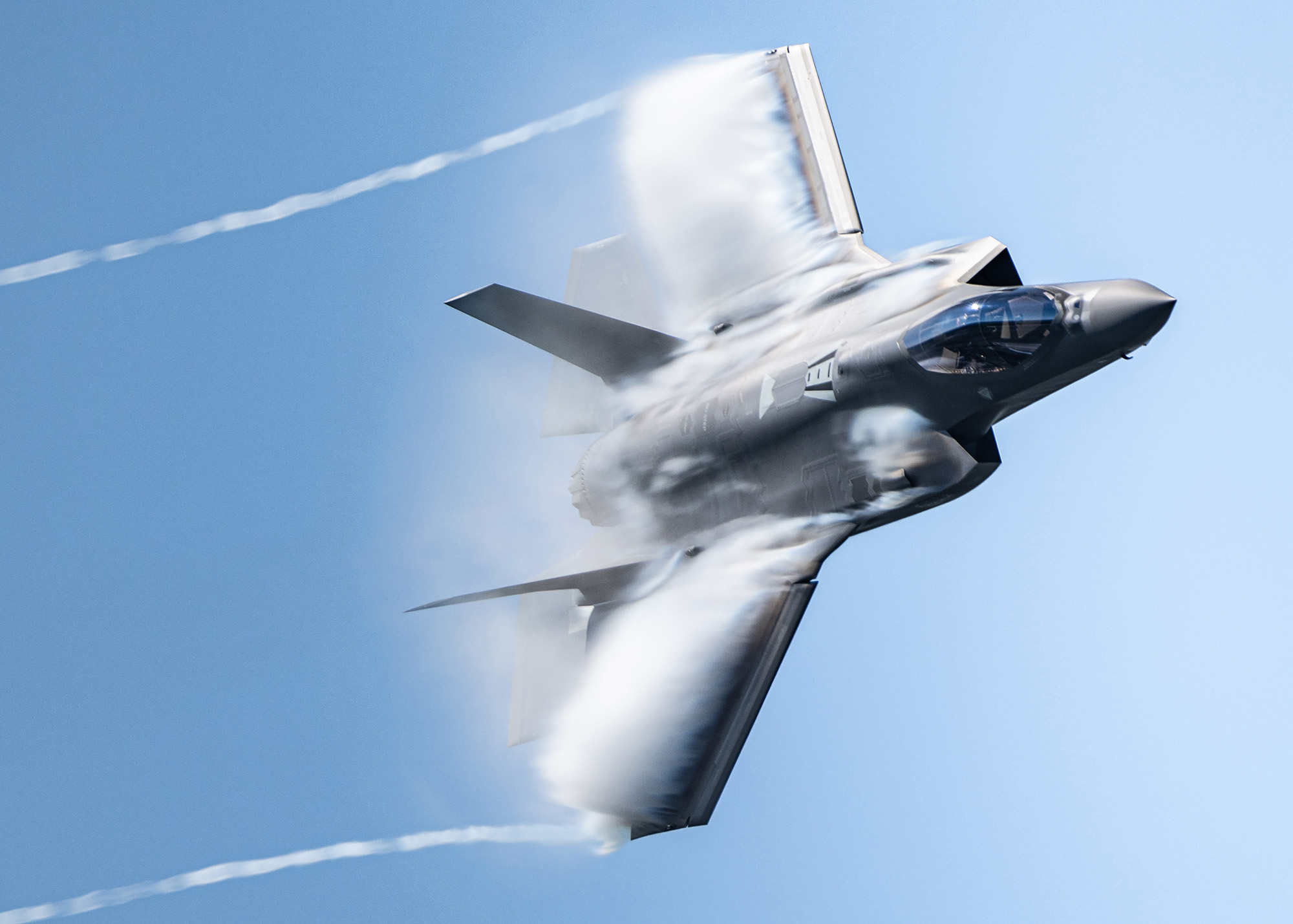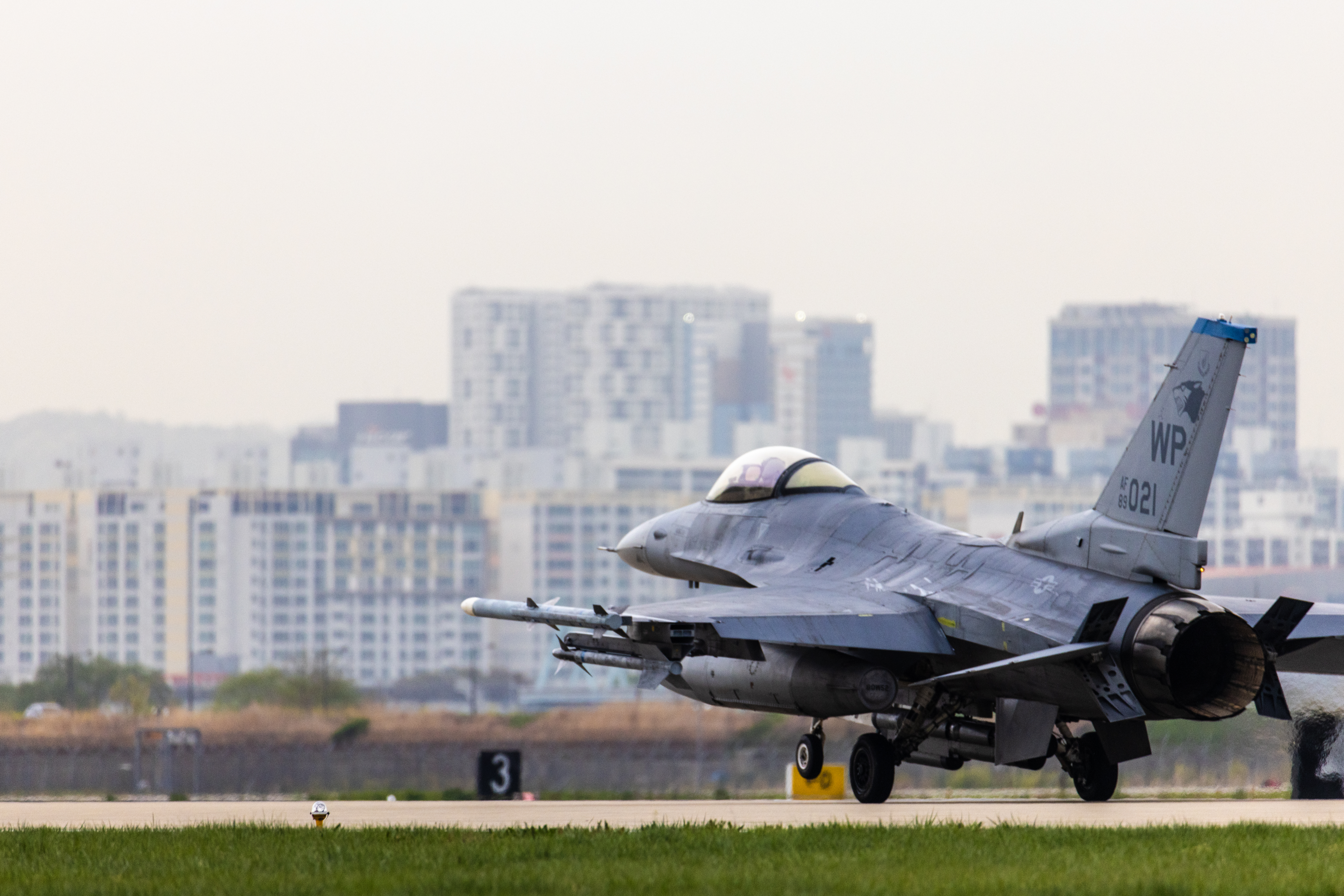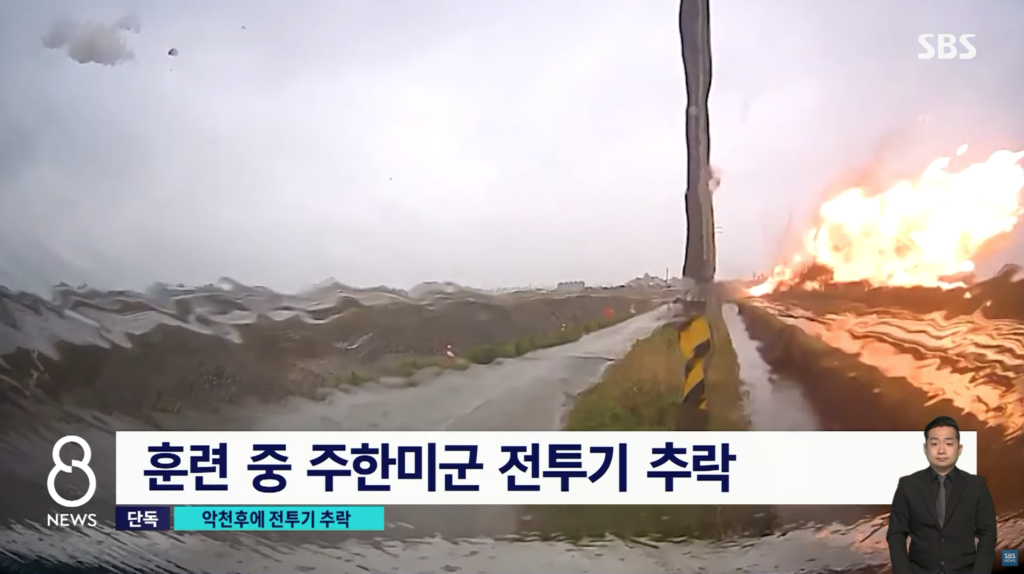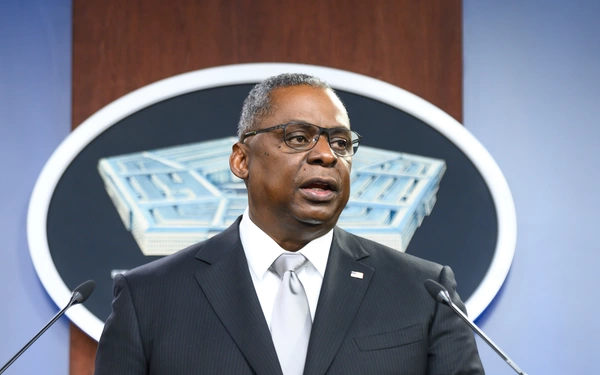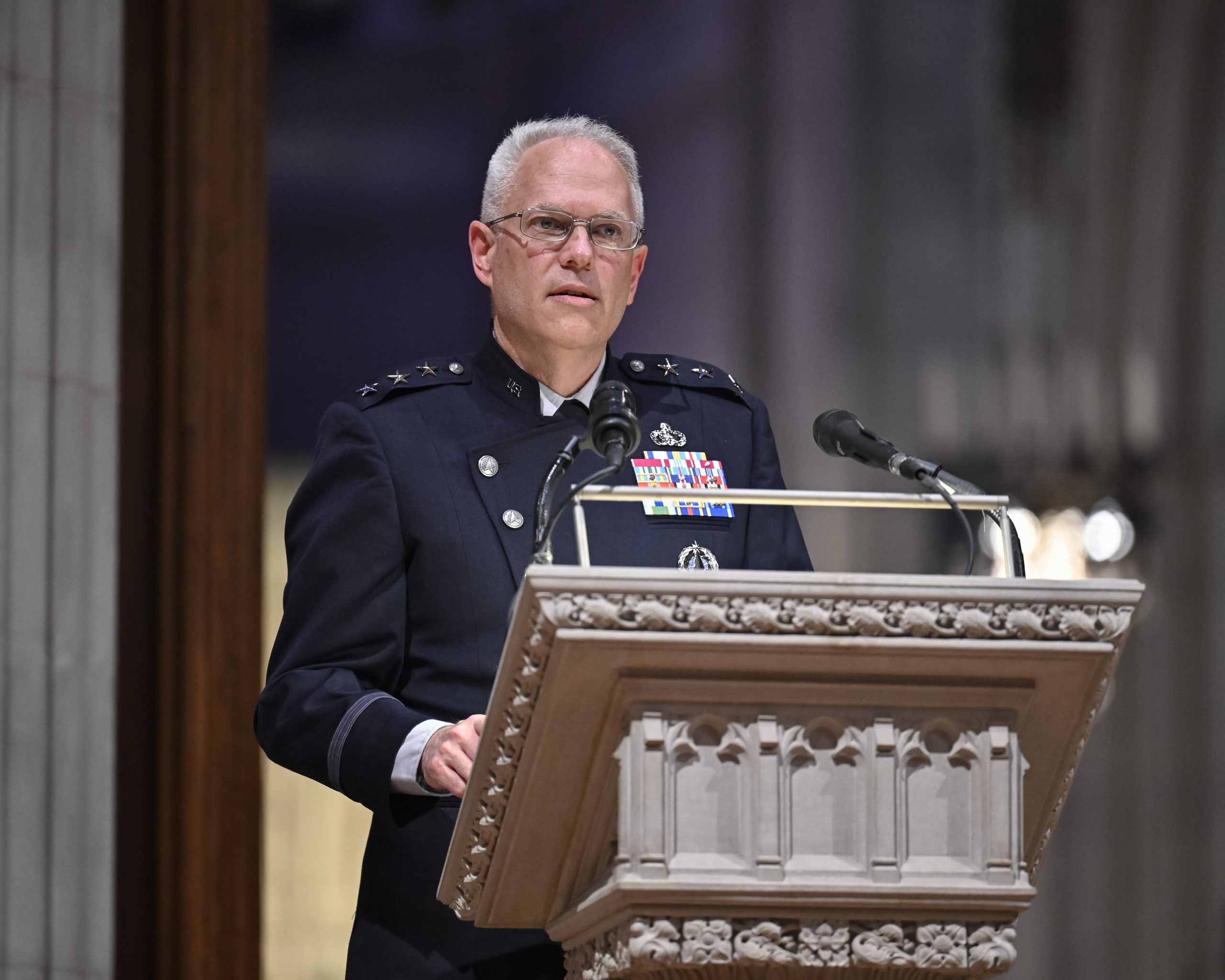Four B-52 bombers from Minot Air Force Base, N.D. are deployed to Guam to support the Pacific Air Forces’ largest multilateral exercise, Cope North, a PACAF spokesperson told Air & Space Forces Magazine on Feb. 2.
The long-range bombers assigned to the 5th Bomb Wing landed at Andersen Air Force Base in Guam on Jan. 30, according to PACAF’s release.
While in Guam, personnel managing B-52 operations will be assigned to the 23rd Expeditionary Bomb Squadron.
“Finally have some iron on the ground,” Capt. Zachary Holmes, the weapons officer of the 23rd EBS, said regarding the bombers’ arrival in Anderson. “It’s great to finally receive our crews so we’re ready to go out and take part in the mission as well as get our maintenance personnel ready to support where they’re needed.”
The Cope North exercise, scheduled from Feb. 5-23, will be co-led by the Royal Australian Air Force and Japan’s Air Self-Defense Force.
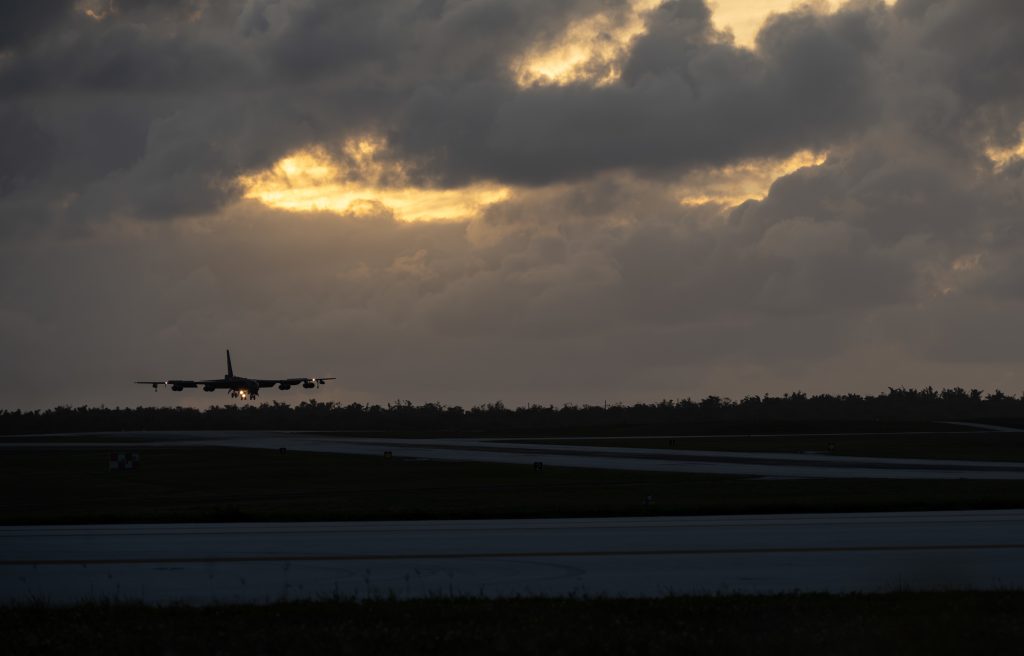
This year’s iteration boasts an increase of some 30 additional aircraft and 400 more personnel compared to last year. About 700 service members from the RAAF, JASDF, French Air and Space Force, Royal Canadian Air Force, and Republic of Korea Air Force will join forces with 1,700 U.S. Airmen, Marines, and Sailors for the exercise.
Japan is deploying six F-15J/DJ Eagles, six F-2As, two search and rescue aircraft (U-125A and UH-60J), an E-767 AWACS aircraft, and a C-130H transporter, along with some 500 airmen to Guam.
Australia has dispatched a C-27J Spartan aircraft along with 215 aviators to Anderson, according to the RAAF’s release.
ROK’s defense media reported the country is deploying two CN-235 cargo aircraft and approximately 30 personnel for the joint exercise, including pilots and maintenance personnel.
All told, 85 aircraft from these six nations are scheduled to fly 1,400 missions across three islands and six airfields. The locations include Andersen, Guam International Airport, and Northwest Field in Guam, as well as the islands of Tinian and Saipan, about 120 miles north of Guam.
The three-week exercise will emphasize integrating airborne forces for large-scale and agile combat deployment. Aviators taking part in the exercise will contribute to agile operations conducted from remote airfields.
PACAF aims to enhance security and stability to maintain a free and open Indo-Pacific by bolstering interoperability and cooperation with allies.
“The scenarios have been designed to allow our aviators to exercise agile operational concepts that enhance force projection, resilience and survivability of our allied air combat forces,” RAAF Task Group Commander, Group Captain Kylie Green said in the release.
The multinational training will also “reinforce unit capabilities and cooperation procedures between the countries through Humanitarian Assistance and Disaster Relief training,” according to the JASDF’s release.
Launched in 1978 as a quarterly bilateral drill held in Japan, Exercise Cope North relocated to Andersen in 1999. The B-52 bombers from Barksdale Air Force Base, L.A., were previously featured in the exercise in Guam in February 2022.
